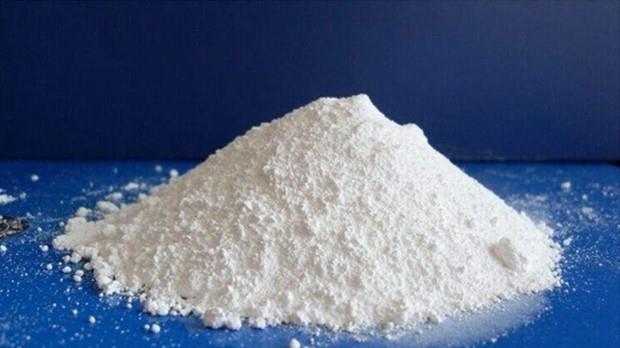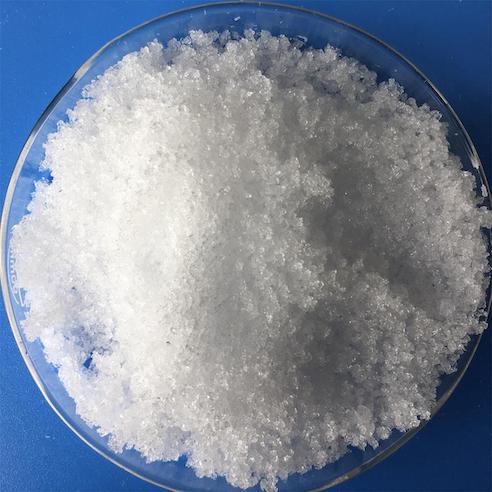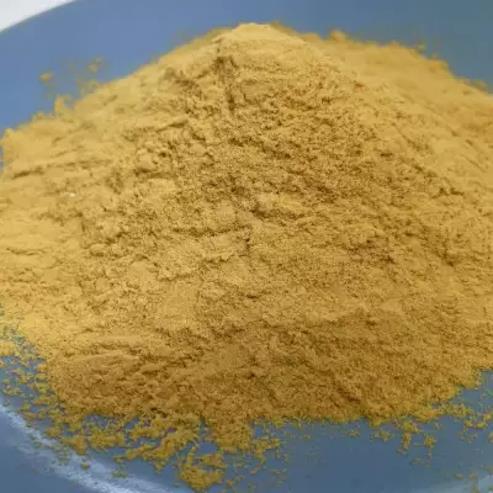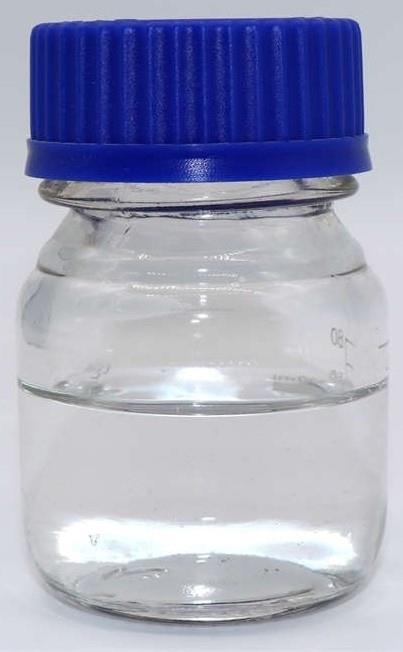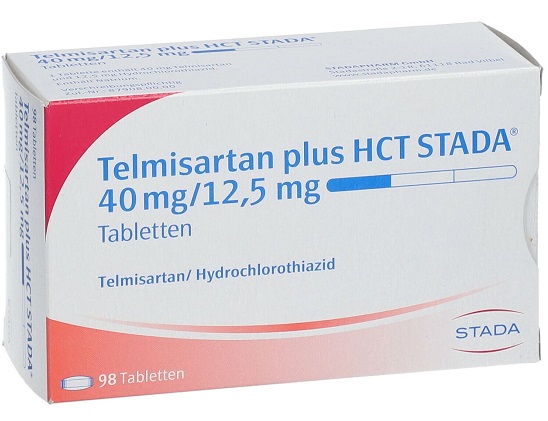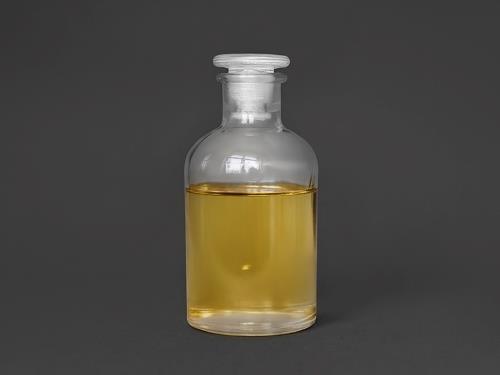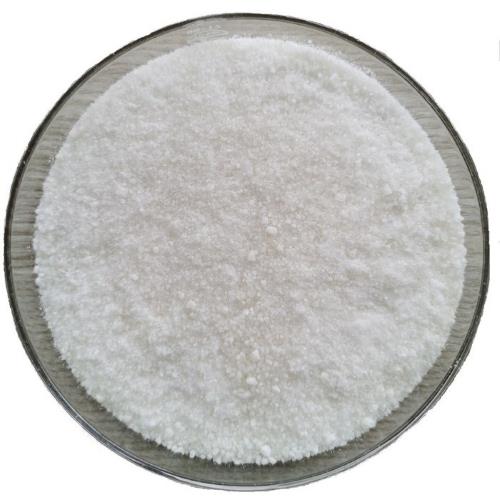Active Pharmaceutical Ingredients (API), popularly speaking, are the raw materials of medicines, only pharmaceutical raw materials are processed into pharmaceutical preparations , can they become medicines available for clinical use, so drugs we usually eat are the finished drugs through processing. Active Pharmaceutical Ingredients based on its sources can be divided into two major categories ,including chemical synthetic drugs and natural chemical drugs. Chemical synthetic drugs can be divided into organic synthetic drugs and inorganic synthetic drugs. Inorganic synthetic drugs are inorganic compounds ( very few is element), such as aluminum hydroxide, magnesium trisilicate which are used for the treatment of gastric and duodenal ulcers ; organic synthetic drugs are mainly composed of drugs made by basic organic chemical raw materials, through a series of organic chemical reactions (such as aspirin, chloramphenicol, caffeine, etc.). Natural chemical drugs ,based on its sources,can be divided into two categories including biochemical drugs and plant chemical drugs. Antibiotics are generally made by the microbial fermentation, which belongs to the biochemistry category. A variety of semi-synthetic antibiotics occurs in recent years,which are biosynthesis and chemical synthesis combining products.Among active Pharmaceutical Ingredients, the organic synthetic drugs varieties, yields and values have the largest proportion,which are the main pillars of the chemical and pharmaceutical industries. The quality of active Pharmaceutical Ingredients decides whether the formulation is good or bad , so its quality standards are very strict ,countries in the world have developed national pharmacopoeia standards and strict quality control methods for its widely used active Pharmaceutical ingredients.
Benzylamine: Properties, Preparation and Applications
Benzylamine is a primary amine compound having benzyl as the N-substituent.
May 24,2023 APIAntioxidant 168: A Plastic Additive in Polypropylene and Polyethylene
Antioxidant 168 (tris(2,4-ditert-butylphenyl) phosphite) is a plastic additive mainly incorporated into Polypropylene (PP) and Polyethylene (PE) as an antioxidant.
May 23,2023 APIAmmonium formate: Applications and reactions
Ammonium formate is obtained by neutralizing formic acid and ammonia. It is soluble in water and ethanol, and its aqueous solution is acidic.
May 23,2023 APIN-Iodosuccinimide: Synthesis and applications
N-Iodosuccinimide (NIS) is an iodinating agent that is used for various electrophilic iodinations and as source for iodine in radical reactions.
May 19,2023 APIN,N-Dimethylacetamide: Uses, Preparation and Toxicities
N,N-Dimethylacetamide (DMA) is a multipurpose reagent which delivers its own H, C, N and O atoms for the synthesis of a variety of compounds under a number of different experimental conditions.
May 17,2023 APIWhat side effects can Telmisartan cause?
Telmisartan (Micardis) is an angiotensin receptor blocker (ARB). This type of medication blocks a chemical in your body that normally tightens blood vessels, making your vessels more relaxed.
May 15,2023 APIDeuterium oxide: Chemical structures, Reactions and Applications
Deuterium oxide (D2O), also known as "heavy water", is a colourless liquid.
May 11,2023 APIn-Butyllithium: A Comprehensive Review of Properties, Praparation and Reactions
The chemical compound n-butyllithium (abbreviated BuLi) is the most prominent organolithium reagent.
May 11,2023 APIGlyoxylic acid: Application, Production and Isolation
Glyoxylic acid or oxoacetic acid is an organic compound that is both an aldehyde and a carboxylic acid.
May 10,2023 APIIsopropyl Alcohol: Applications, Toxicity and Production
Isopropyl alcohol is a clear, colorless, flammable liquid with a distinct odor.
May 9,2023 API




